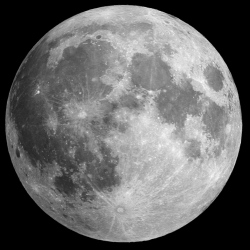
This time next year, there may be a new world leader in lunar exploration. If all goes according to plan, China will have done something no other space-faring superpower has been able to do: land on the far side of the moon. China is rocketing ahead with its plans for lunar exploration.
In 2018, they will launch a pair of missions known collectively as Chang’e 4. It is the fourth mission in a series named after the Chinese moon goddess.
The first component of Chang’e 4 is scheduled to lift off in June. It will be a relay satellite stationed some 60,000km behind the moon and will provide a communications link between Earth and the lunar far side. Once this link is established, it will allow China to send the second part of the mission: a lander to the far side’s surface.
Landing on the far side of the moon is something no one has tried before. “The Chinese are pushing back the frontier with such a technically challenging mission,” says Brian Harvey, space analyst and author of China in Space: The Great Leap Forward.
China’s lunar exploration programme started in 2007 with Chang’e 1, a simple lunar orbiter. In 2010, Chang’e 2 also went into lunar orbit before setting off for a trek across the solar system that culminated in a flyby of asteroid Toutatis in 2012.
